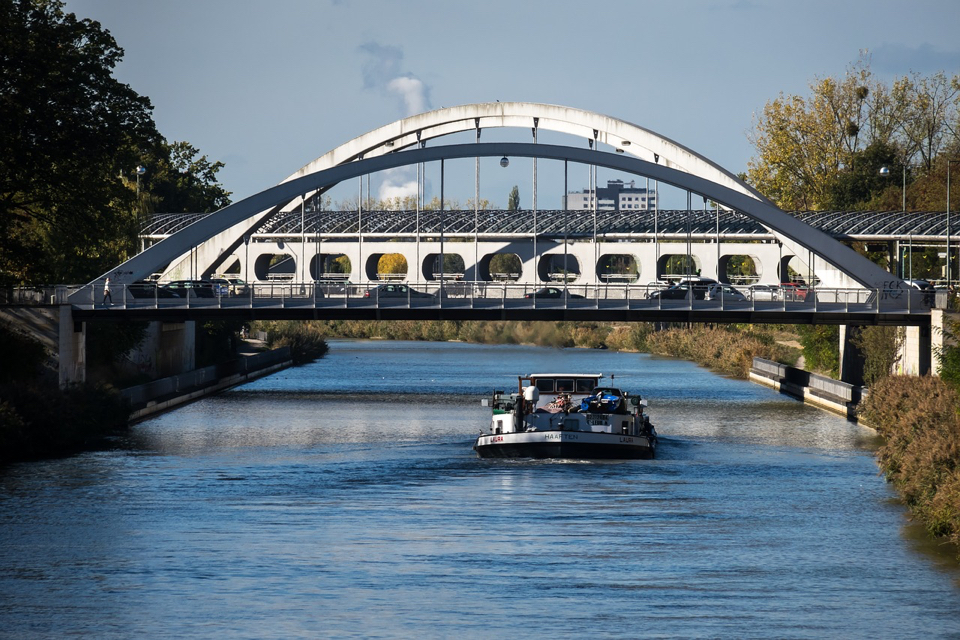Inland navigation and shortsea shipping are taking the first steps towards completely emission-free propulsion using hydrogen. There are approximately twenty projects underway in the Netherlands in this field. The first hydrogen-powered demonstration vessels are expected to set sail in 2021.
This follows from a survey conducted by the Dutch Expertise and Innovation Centre for Inland Navigation (EICB) on behalf of the Ministry of Economic Affairs, Agriculture and Innovation and the Ministry of Infrastructure and Water Management.
Together with Norway, the Netherlands is a frontrunner in the development of hydrogen as an energy carrier for shipping. Various techniques are being developed as energy carriers: hydrogen in gaseous form, hydrogen in liquid form and hydrogen carriers (such as Liquid Organic Hydrogen Carriers (LOHC) and sodium boron hydride powder). It is not yet clear which energy carrier will become a favourite. In addition to the costs, the safety aspects are also a determining factor.
Cost-effective towards 2030
In the report, EICB describes a number of exemplary projects to which the government contributes via various national and European subsidy instruments. In general, the application of hydrogen is still costly. As the technology and the market develop further, a more favourable perspective of cost-effective application may emerge towards 2030.
The report shows that individual skippers not only face major investment challenges, but also uncertainties with regard to bunkering infrastructure and international regulations. EICB advocates a more collective approach, for example per corridor.
150 zero emission ships by 2030
Various market parties have recently started offering battery electric energy for inland navigation. The development of hydrogen-electric propulsion offers a second emission-free solution. By 2030, the Dutch government aims to have at least 150 fully zero emission vessels in operation, out of a total fleet of approximately 5500 inland vessels.
The government is firmly committed to the development of hydrogen as an energy carrier. At the end of March, Minister Wiebes published the government’s vision on hydrogen (Kabinetsvisie Waterstof). This vision also states that the use of hydrogen in the mobility sector – and especially in heavier transport, including inland navigation – can give a major boost to the development of the market for hydrogen as an energy carrier.








